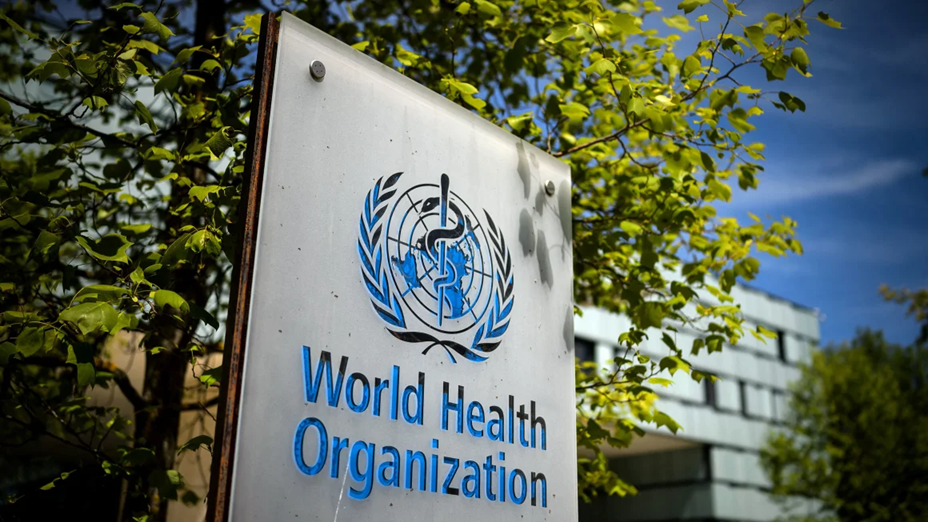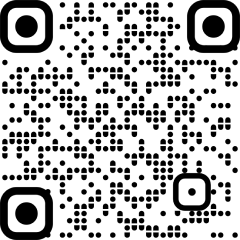
New Delhi: Member countries of the World Health Organisation (WHO) South-East Asia Region are enhancing multi-source surveillance to improve public health intelligence and evidence-based decision-making during complex health emergencies, often marked by uncertainties and compounded by multiple vulnerabilities.
“Through our experience of responding to pandemics and emergencies, we have learned that decision-making to manage health emergencies should be informed by a synthesis of multiple sources of information. This approach requires strengthening surveillance systems and capacities, along with collaboration among diverse stakeholders from multiple sectors,” said Saima Wazed, Regional Director, at the three-day regional meeting titled ‘Advancing Multi-Source Collaborative Surveillance in the WHO South-East Asia Region’.
Emphasising that strong laboratory systems are the backbone of effective surveillance, Wazed called for enhancing investment in sustainable diagnostic capacities.
“The future of health security in our region depends on sustainable investments in surveillance and laboratory capacities, timely data sharing, and cross-sectoral partnerships,” the Regional Director said.
They discussed priority actions to enhance collaboration among in-country surveillance stakeholders across sectors, improve international information sharing, and strengthen cross-border collaboration in the context of the amended IHR (2005).
Decision-making during pandemics, epidemics, and climate change-driven health emergencies — such as vector-borne and waterborne diseases — as well as other threats from the human-animal-ecosystem interface, including zoonosis, food-borne diseases, antimicrobial resistance, and disasters or humanitarian crises, requires multi-sectoral solutions.
To support countries in operationalising the concept of multi-source surveillance, the WHO Regional Office for South-East Asia has developed a regional manual titled “Informing Public Health Decision-Making with Multi-Source Collaborative Surveillance: A Step-by-Step Approach.” Using this manual, Indonesia and Nepal have initiated the implementation of multi-source collaborative surveillance (MSCS). More countries in the region are planning to roll out MSCS.
In line with MSCS approaches, India has proposed the creation of a South-East Asia Network for transboundary collaborative surveillance, which is expected to be discussed with member countries later this year.
The MSCS approach is critical, as gathering and synthesizing information from different sources is not always easy. Surveillance systems and data are often owned by different stakeholders within and beyond the health sector, and mechanisms for timely and effective data sharing are not always in place.
Participants discussed opportunities to adopt innovations and strengthen early warning surveillance systems and public health intelligence. They explored the roles of genomic surveillance and wastewater surveillance as key components of multi-source collaborative surveillance. Additionally, they identified priority actions for developing national action plans to guide the governance, implementation, and sustainability of genomic surveillance systems as part of a multi-sectoral approach.
“We must continue to embrace innovation and foster stronger regional collaboration,” the Regional Director said, reiterating WHO’s commitment to promoting regional and multi-sectoral collaboration — including among One Health stakeholders — and utilizing innovation to improve public health in the WHO South-East Asia Region

